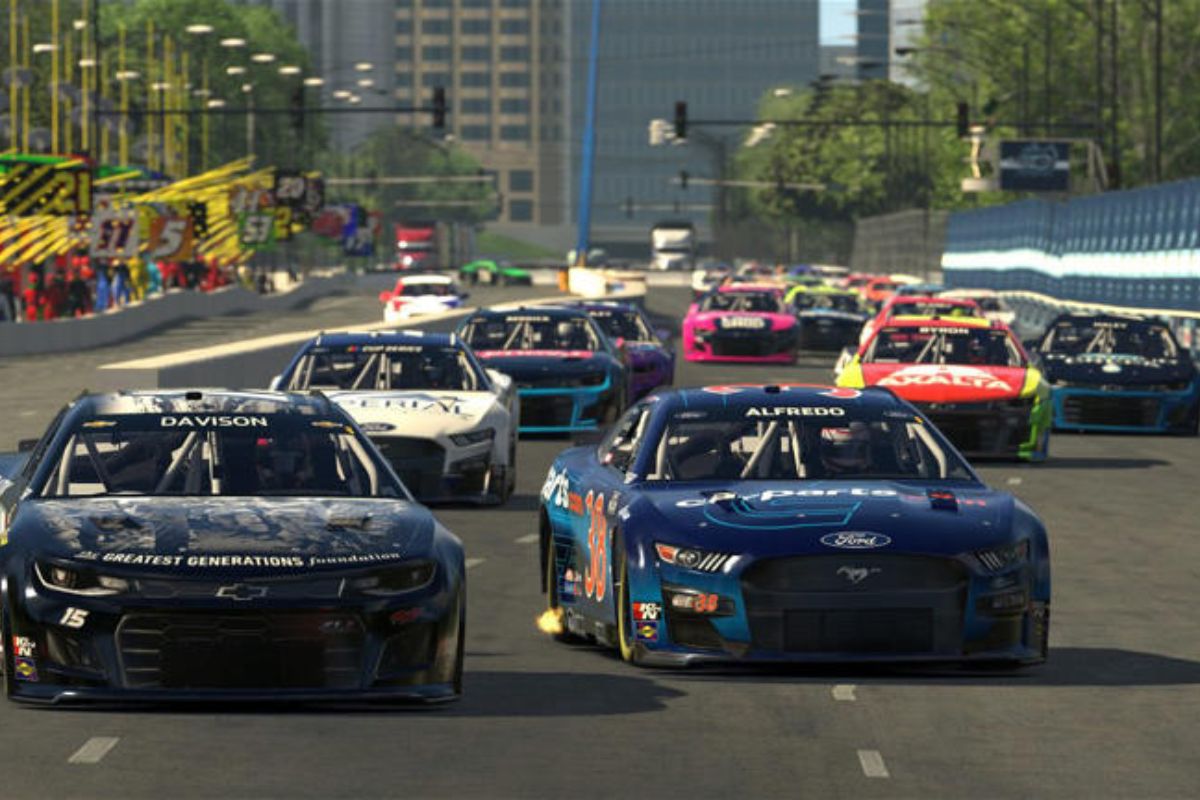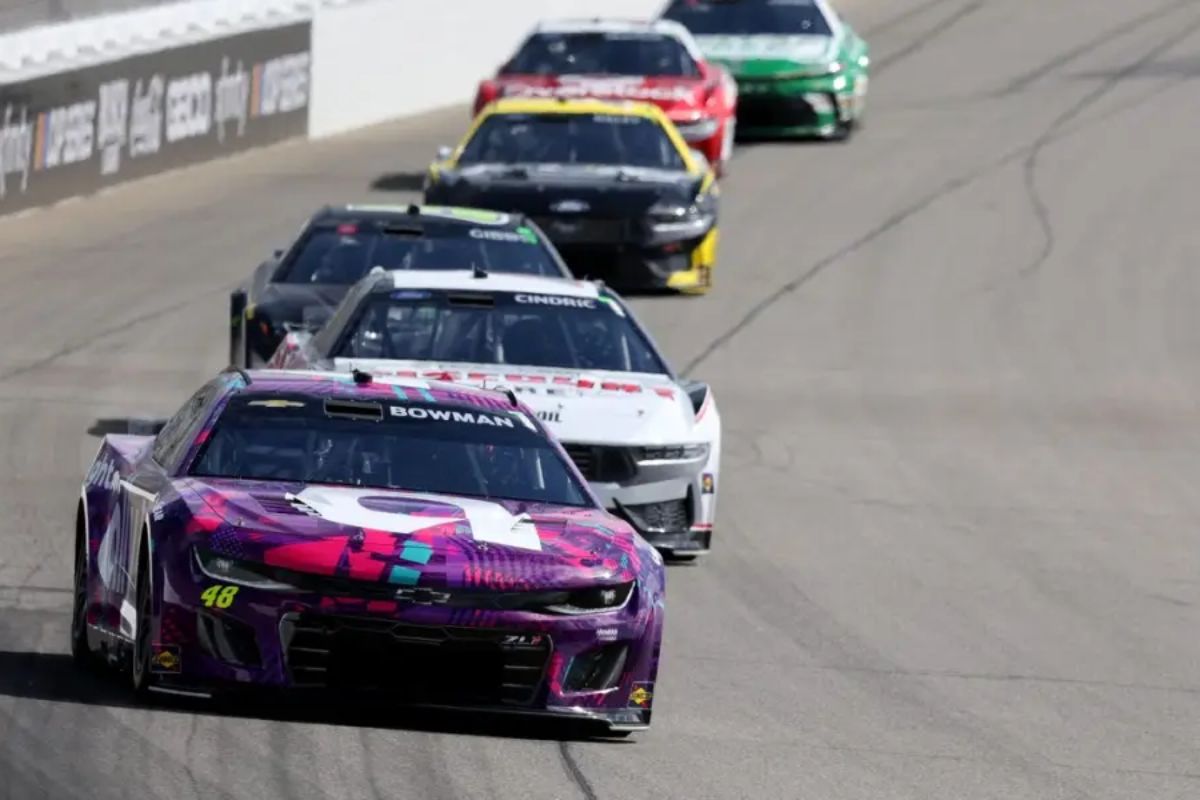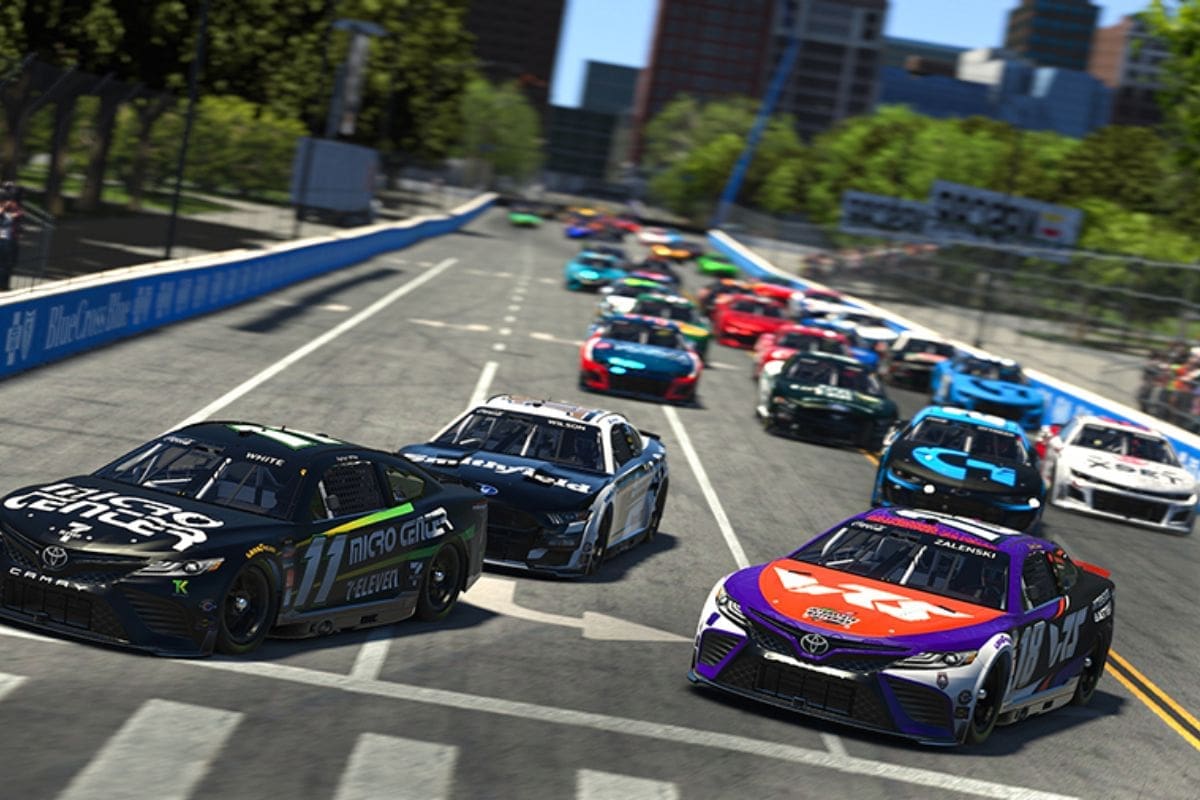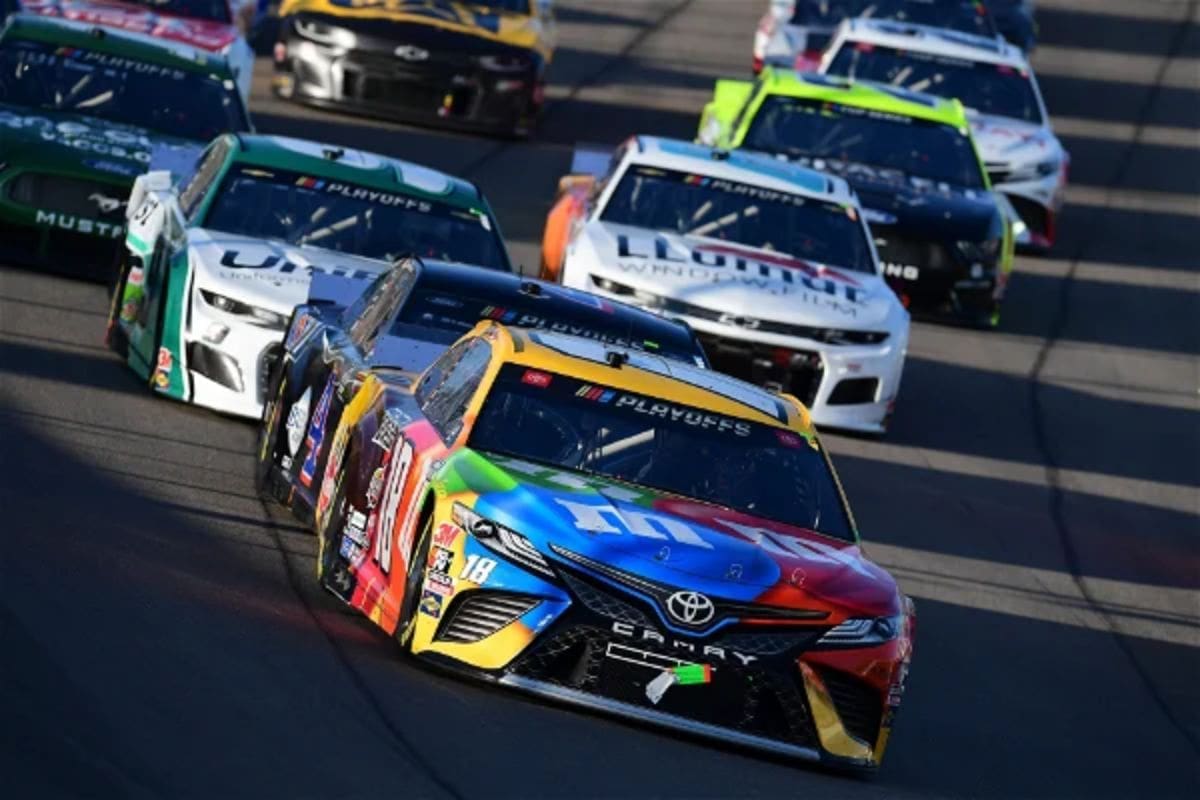NASCAR Eyes San Diego for Potential Street Race: NASCAR’s consideration of San Diego for a potential street race marks a noteworthy pivot towards urban racing environments, aiming to revive its fan base by appealing to younger, more diverse demographics. Following the relative success of the Chicago street race, this initiative raises questions about the viability and sustainability of urban tracks in a sport traditionally rooted in speedway culture. As NASCAR investigates the intersection of motorsports and community engagement, the implications for its brand and future race formats could be profound, inviting a closer examination of what this shift could mean for the sport’s evolution.
Key Highlights
- NASCAR’s focus on urban environments aims to attract younger audiences and broaden its geographical footprint, with San Diego as a key target.
- The introduction of temporary street circuits allows NASCAR to adapt to local market demands and enhance cultural connections.
- Previous challenges in California highlight the importance of strategic planning and community engagement for successful urban racing events.
- Financial viability remains a concern, as seen with the Chicago race, influencing future decisions on new street race locations.
- Urban tracks provide opportunities for innovative formats, increased sponsorships, and improved brand perception in metropolitan areas.
NASCAR’s Exploration of Street Races
In recent years, NASCAR has strategically shifted its focus towards urban environments, marking a notable evolution in its racing format. This tactical pivot is highlighted by the sanctioning body’s exploration of street races, a concept that broadens its geographical footprint and improves its appeal to a younger, varied audience.
Traditionally anchored in the Southeast with permanent tracks, NASCAR’s recent endeavors—such as the temporary short track at the L.A. Coliseum and the first street race in Chicago—signal a proactive response to changing demographics and preferences in motorsports fandom.
The interest in San Diego as a potential site for a future street race shows this trend. By targeting urban centers, NASCAR aims to immerse itself in environments rich with cultural significance and accessibility, thereby fostering closer connections with fans who may have previously felt alienated by the sport’s traditional settings.
The move towards temporary circuits facilitates a flexible racing calendar, enabling NASCAR to adapt quickly to market demands and capitalize on local enthusiasm.
Moreover, hosting officials from multiple cities at the Chicago street race emphasizes NASCAR’s commitment to expanding this format. Engaging with urban locales allows for unique branding opportunities and increased sponsorship potential, effectively revitalizing the sport’s image.
Exploration of Sites and Discussions
As NASCAR actively seeks new venues for its street racing initiatives, Southern California has emerged as a focal point in these discussions. The potential for a street race in San Diego is particularly fascinating, given the city’s vibrant culture and existing infrastructure that could accommodate such an event.
However, the dialogue surrounding this prospective race remains covered in ambiguity, as both the Sports San Diego Commission and the Mayor’s office have not provided comments on the matter, and NASCAR has likewise refrained from public discussion.
In addition to San Diego, NASCAR is reportedly exploring numerous urban locales, including Cincinnati, Baltimore, and Pittsburgh, indicating a broader strategy to engage with distinct markets. The involvement of Amazon, a new media rights partner, adds complexity, particularly with Seattle’s consideration amid potential rivalries with cities like Denver and Portland.
While Portland boasts an existing racetrack, questions arise regarding its compliance with the stringent standards of the Cup Series, which complicates its viability as a host. Furthermore, NASCAR’s discussions with the Los Angeles Dodgers about a collaborative event in the Dodger Stadium parking lots highlight the organization’s commitment to integrating its brand within urban settings.
Chicago Street Race and Future Plans
The ongoing experimentation with street racing venues has brought NASCAR’s Chicago Street Race into focus, particularly as the organization approaches a vital moment in its contract negotiations. With only one year left on its current contract, NASCAR finds itself at a crossroads: to renew its commitment to Chicago or investigate new cities for street racing opportunities.
- Financial Viability: NASCAR has yet to turn a profit in Chicago, with a substantial initial investment of $50 million in 2023.
- Contractual Options: While the current deal includes options for supplementary years, NASCAR could choose to pivot after 2025.
- Brand Impact: Despite financial losses, NASCAR recognizes the Chicago race’s role in reviving its brand amidst efforts to secure lucrative television contracts.
- Future Race Locations: The organization is considering the feasibility of hosting multiple street races annually, depending on the success of the Chicago event and potential new venues.
- Upcoming Schedule Reveal: The full 2025 schedule is anticipated shortly, which may clarify NASCAR’s future direction concerning street races.
Previous Attempts and Future Considerations
With a keen eye on urban racing opportunities, NASCAR has gone through a series of previous attempts to establish a foothold in California’s competitive motorsports landscape. Recent explorations, including bids for a stake in the Long Beach Grand Prix, highlight the organization’s commitment to integrating into diverse markets.
Despite these efforts, NASCAR’s attempts have often fallen short, emphasizing the complexities of urban racing. The unsuccessful bid for Long Beach shows the challenges of aligning with existing events that already hold considerable local cultural and financial value.
The recent sale of the majority stake in Auto Club Speedway for $544 million marks a significant moment for NASCAR, prompting a tactical pivot towards urban environments. By targeting locations like Los Angeles and San Diego, NASCAR appears determined to capitalize on the growing interest in street racing formats, which attract younger audiences and urban dwellers. This shift represents a search for new venues and a broader strategy to adapt to changing demographics and preferences within motorsports.
Looking ahead, NASCAR’s focus on San Diego could potentially redefine its presence in California, provided that logistical, regulatory, and community engagement challenges are effectively addressed. The organization’s ability to learn from previous endeavors will be essential in crafting a successful urban race.
Context and Impact on NASCAR
Notable shifts in NASCAR’s venue strategy highlight a revolutionary moment for the series, particularly as it investigates urban and street racing environments. This change is not merely about diversifying race locations; it reflects a calculated effort to engage with a younger, urban audience that has historically been elusive. The willingness to incur financial losses on street races emphasizes NASCAR’s commitment to innovation and brand rejuvenation.
- Audience Expansion: Targeting metropolitan areas could attract new fans who may not traditionally attend NASCAR events.
- Cultural Relevance: Street races can embed NASCAR deeper into urban culture, aligning the sport with contemporary lifestyle trends.
- Sponsorship Opportunities: Urban settings may appeal to sponsors looking to reach a diverse demographic, enhancing financial viability.
- Logistical Challenges: Organizing street races presents unique obstacles, including city regulations and infrastructure requirements.
- Brand Evolution: A successful urban racing initiative could redefine NASCAR’s image, portraying it as agile and forward-thinking.
As the 2025 schedule approaches, the decisions regarding the continuation of the Chicago race or the introduction of new street circuits will be critical.
News in Brief: NASCAR Eyes San Diego for Potential Street Race
The exploration of urban street races, shown by the potential San Diego event, signifies a groundbreaking phase for NASCAR. This tactical shift aims to attract a younger and more diverse audience and fosters deeper cultural connections within metropolitan settings.
The success of temporary circuits like the Chicago street race highlights the viability of this approach. Ultimately, the future of NASCAR may depend on creative racing formats that prioritize community engagement alongside traditional competitive elements.
ALSO READ: NASCAR’s Late-Start Strategy Faces Heavy Criticism: Fans Rage Over Michigan Delay




